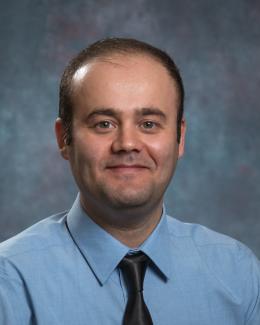Abstract
This project report presents a novel power converter system called Oak Ridge Converter (ORC), a patented technology developed by the Oak Ridge National Laboratory (ORNL) for XFC wireless EV charging systems. ORC integrates the grid interface converter (also known as the active front-end rectifier with power factor correction) with the high-frequency inverter stage, promoting size and cost-effective charging technology with reduced infrastructure costs. The integration of the front-end rectifier with the high-frequency inverter truly eliminates one power conversion stage and achieves more than 33% size, weight, volume, and cost reduction on the wireless charging systems. Furthermore, ORC eliminates the primary side direct current (DC) bus bulk capacitors that are usually aluminum electrolytic capacitors and replaces them with very small, cost-effective, highly reliable, and high-temperature operation-capable alternate current (AC) film capacitors. ORC is also applicable to both single-phase and poly-phase couplers. When used with polyphase couplers, ORC further improves the power density of the overall system with higher power density power electronics. Moreover, ORC is inherently bidirectional and allows the system to provide power back to the grid for grid ancillary or grid support services. The ORC, based on a patented ORNL technology, is an excellent approach to resolving the high-power charging problems as described above, which directly converts the 60 hertz (Hz) line frequency into high frequency (i.e., 85 kilohertz (kHz)) to use with a high-frequency isolation transformer or wireless charging coils while eliminating the primary side number of power conversion stages from two to one. The result of the project is a prototype and reference design for a high-power wireless charging system—including power electronics, magnetics, and thermal—serving as a baseline for product development. The proposed system results are demonstrated for 270 kW of output power, with the system's overall efficiency of 92% from the AC grid, achieving less than 3% current total harmonic distortion (THD) and around 0.99 power factor (PF).



